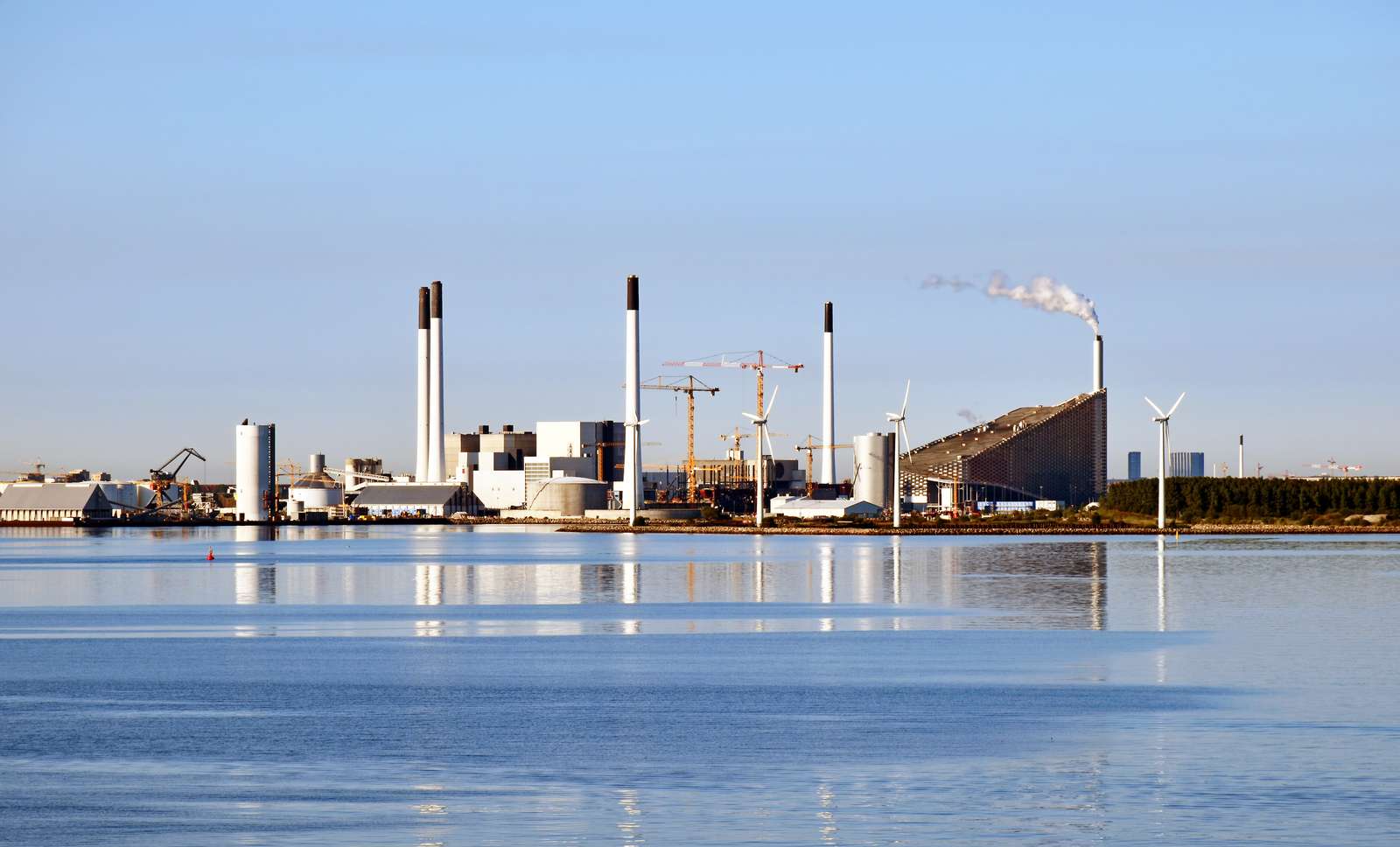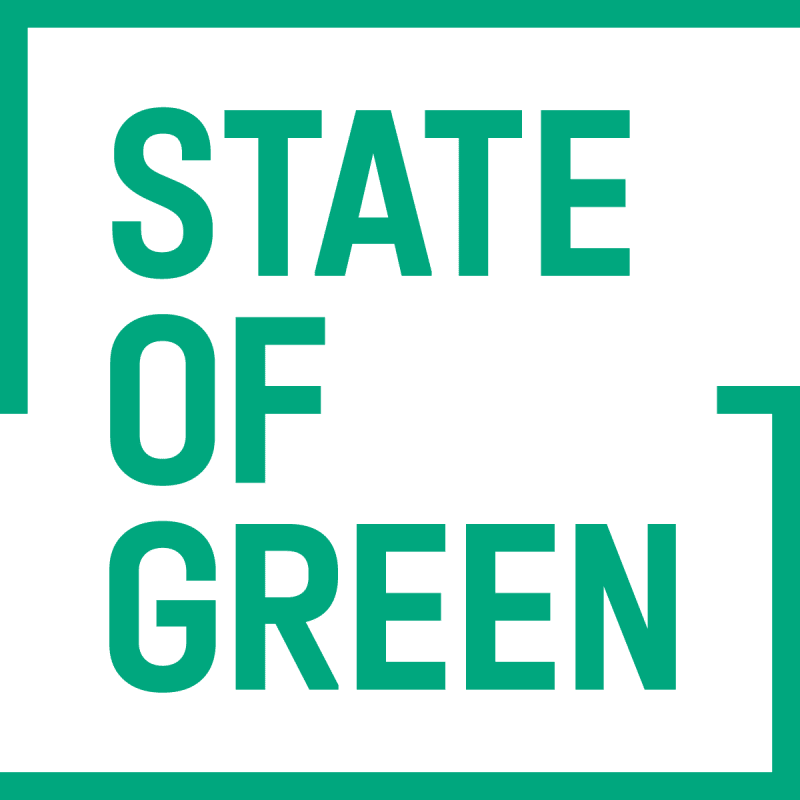ニュース
セクターカップリングによる電力システムの柔軟性の向上 ― 熱部門の重要性 Enhance flexibility in the electricity grid through sector coupling – potential of heat


| Date/開催日 | 13 September (Mon) | 9月13日(月) |
| Time/時間 | 9.00-11.00 CET | 16:00 – 18:00 日本時間 |
| Language/言語 | Japanese-English with simultaneous translation | 日本語および英語
(同時通訳あり) |
| Place/開催方法 | Zoom | Zoom |
・デンマーク・エネルギー庁 Bjarke Christian Nepper-Rasmussen, Danish Energy Agency [PDF:ENG] [PDF:JP]
・デンマーク地域熱供給協会 Birger Lauersen, Danish District Heating Association [PDF:ENG] [PDF:JP]
柔軟な電力システムの運用のためには様々な施策が必要ですが、中でもデンマークで大きな存在感を発揮しているのが、電気と熱のセクターカップリングです。
デンマークでは、電気部門・熱部門ともに熱電併給プラントやシステム運用改善による柔軟性の確保、化石燃料からバイオマスの転換、様々なエネルギー市場への参画を通した便益の最適化など、様々な方策に投資を続けてきました。現在は熱部門の電化、風力や太陽光由来電力・余剰熱のさらなる活用によるエネルギー効率化を目指してヒートポンプへの大規模な投資が進んでいます。すべて、2030年に1990年比70%のCO2削減、そして2050年の完全な脱炭素化という国家目標を達成するうえで必要な方策であるといえます。
本セミナーでは、日本における熱部門およびその電力部門との連携に関する課題や可能性を取り上げた上で、日本の熱部門がいかにして3E+S – 安定性、経済性、環境、安全性 – に貢献できるかについて、デンマークの経験から議論の土台となるトピックを提供します。
In 2020, 50% of the electricity consumed by the Danish power sector came from variable renewable energy (VRE) sources, making it the country with the highest VRE share in its power system.
Various measures need to be taken for enabling flexible operation of power systems, but particularly in Denmark, sector coupling between heat and electricity has been playing a very important role.
In Denmark, the electricity and heat sector has invested in various solutions such as combined heat and power plants, increased the operational flexibility, converting from fossil fuels – coal, oil and gas – to biomass as well as optimising the revenue by being active in various energy markets. The sector has closed down excess thermal capacity. Now the sector is looking into investments at large scale in heat pumps with the purpose of electrification and further exploiting excess heat opportunities to increase energy efficiency and use renewable energy sources such as wind and solar power. All measures that will be needed to fulfil our target of 70% CO2-reduction by 2030 and fully decarbonisation by 2050.
In this webinar, Japanese challenges and opportunities will be presented and Danish experiences will provide the background for the dialogue on how the heating sector in Japan can support the 3E’s and the S - Energy Security, Economic Efficiency and Environment and the letter S stands for Safety in the Japanese energy system.
〇プログラム/Program
合計2時間(発表計55分・パネルディスカッション1時間)
2 hours in total (55 mins presentation and 1 hour panel discussion)
- 挨拶:在日デンマーク大使 Peter Taksøe-Jensen (5 分)
- 講演:「日本国内における熱の有効利用と脱炭素目標への貢献」
国際大学副学長・大学院教授 橘川武郎(25分) - 講演:「エネルギー政策立案者から見た熱部門の重要性-いかにしてエネルギーシステムの柔軟性向上に貢献するか?」
デンマーク・エネルギー庁 Bjarke Christian Nepper-Rasmussen (25分) - パネルディスカッション+質疑応答(1 時間):
- 熱部門がどのように電力システムの柔軟性に貢献しているか。今後どのように貢献できるか?
-(セクターカップリングの熱部門の役割において)何が課題か?更なる貢献を促すには何が必要か? (法制度、熱供給の更なる導入など)
- 熱部門においての脱炭素化に向けた取り組みに関して
- 日本で取り組める熱と電気のセクターカップリングの在り方はどのようなものか?(すぐできること・長期的にやるべきこと)
- Introduction by Ambassador Peter Taksøe-Jensen (5 min)
- “Heat utilization in Japan and how it contributes to decarbonization target”
Kikkawa (25 min) - "How heat can contribute to flexible energy systems - from Policy maker's perspective"
Bjarke Christian Nepper-Rasmussen, DEA (25 min.) - Panel discussion, Q&A (1 hour)
- How heat contributes to flexibility in the power systems? And will it change in the future?
- What are the challenges in sector coupling? What is needed to further facilitate its contribution, e.g. regulation and/or more installation of DH?
- Comments/discussion on decarbonization of heat sector
- What kind of approach for sector coupling between heat and power is possible in Japan? Preferably both in short-term and long-term perspective.
パネリスト/Panelist:
・国際大学副学長・大学院教授 橘川武郎 (Prof. Kikkawa、Vice president of International University of Japan)
・デンマーク・エネルギー庁(DEA) Bjarke Christian Nepper-Rasmussen
・デンマーク地域熱供給協会(Danish District Heating Association)Birger Lauersen








